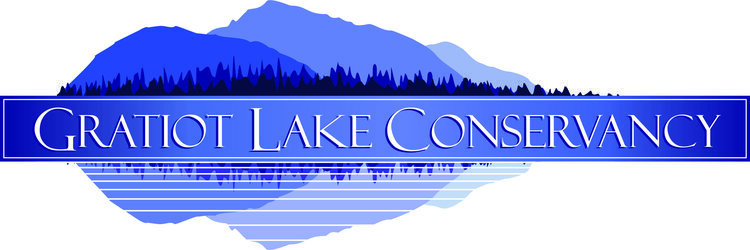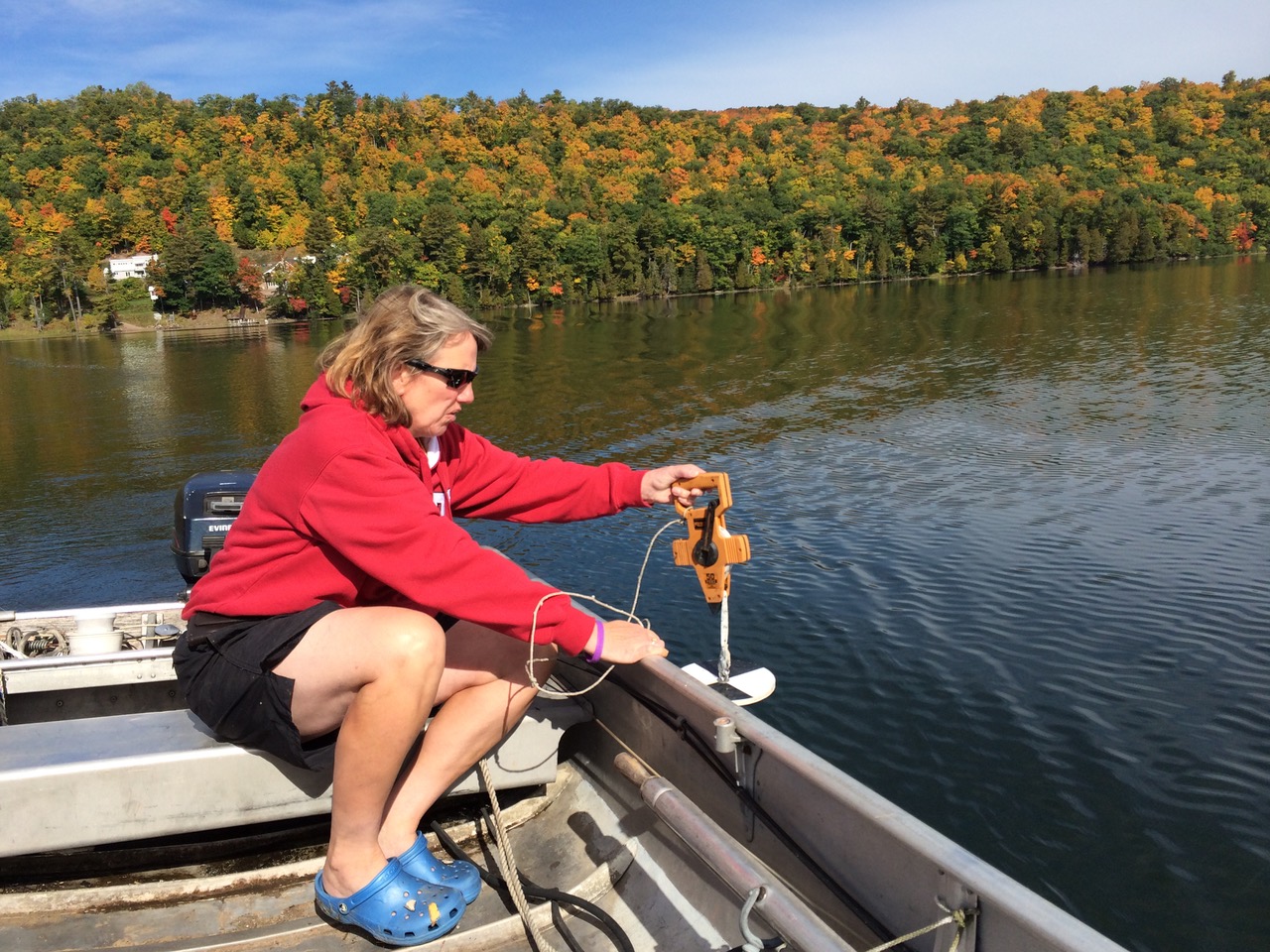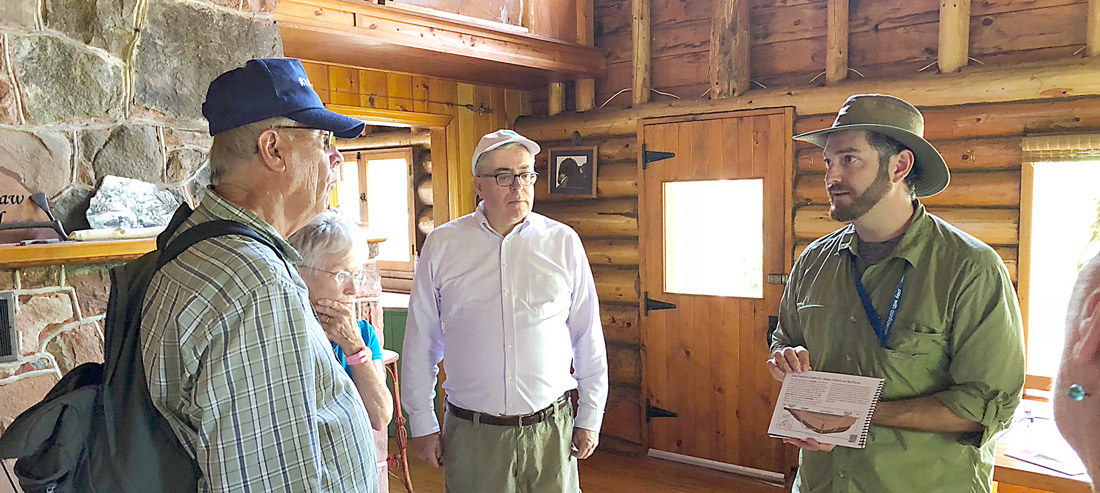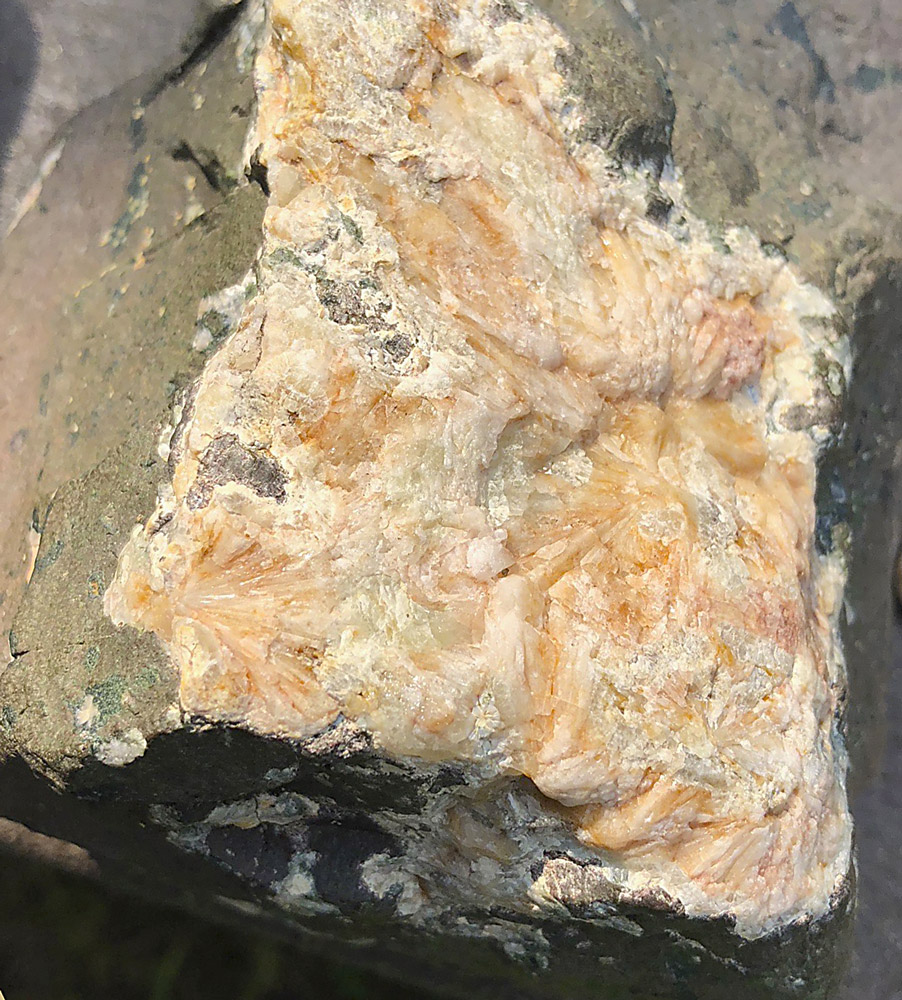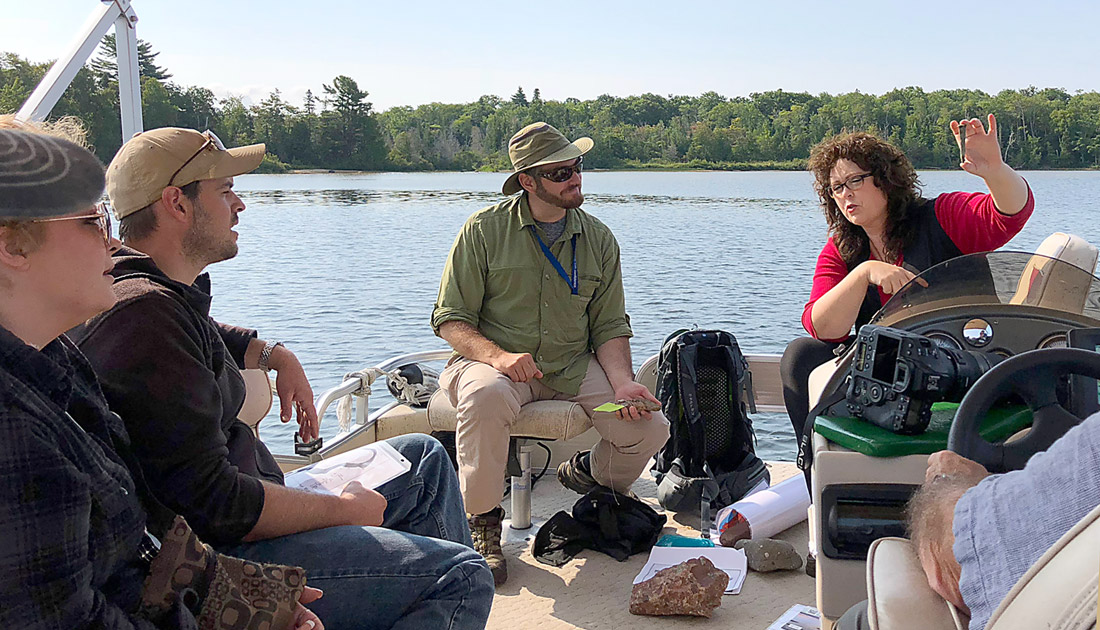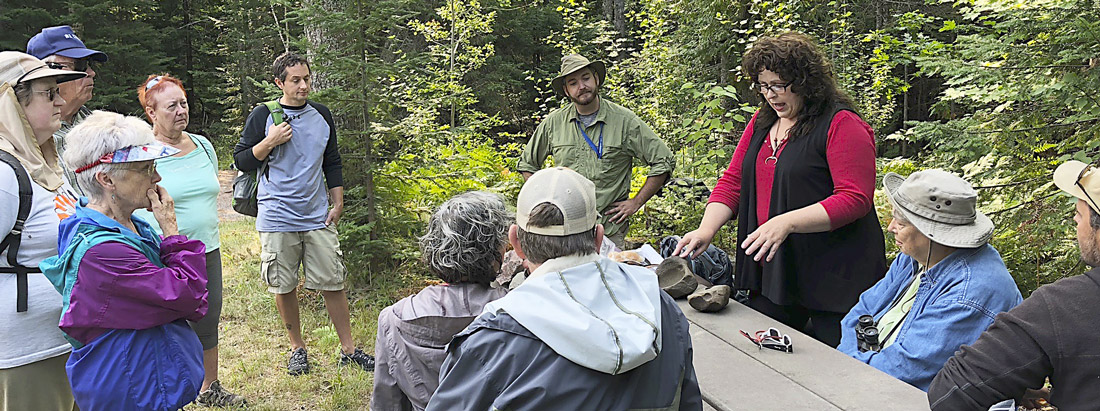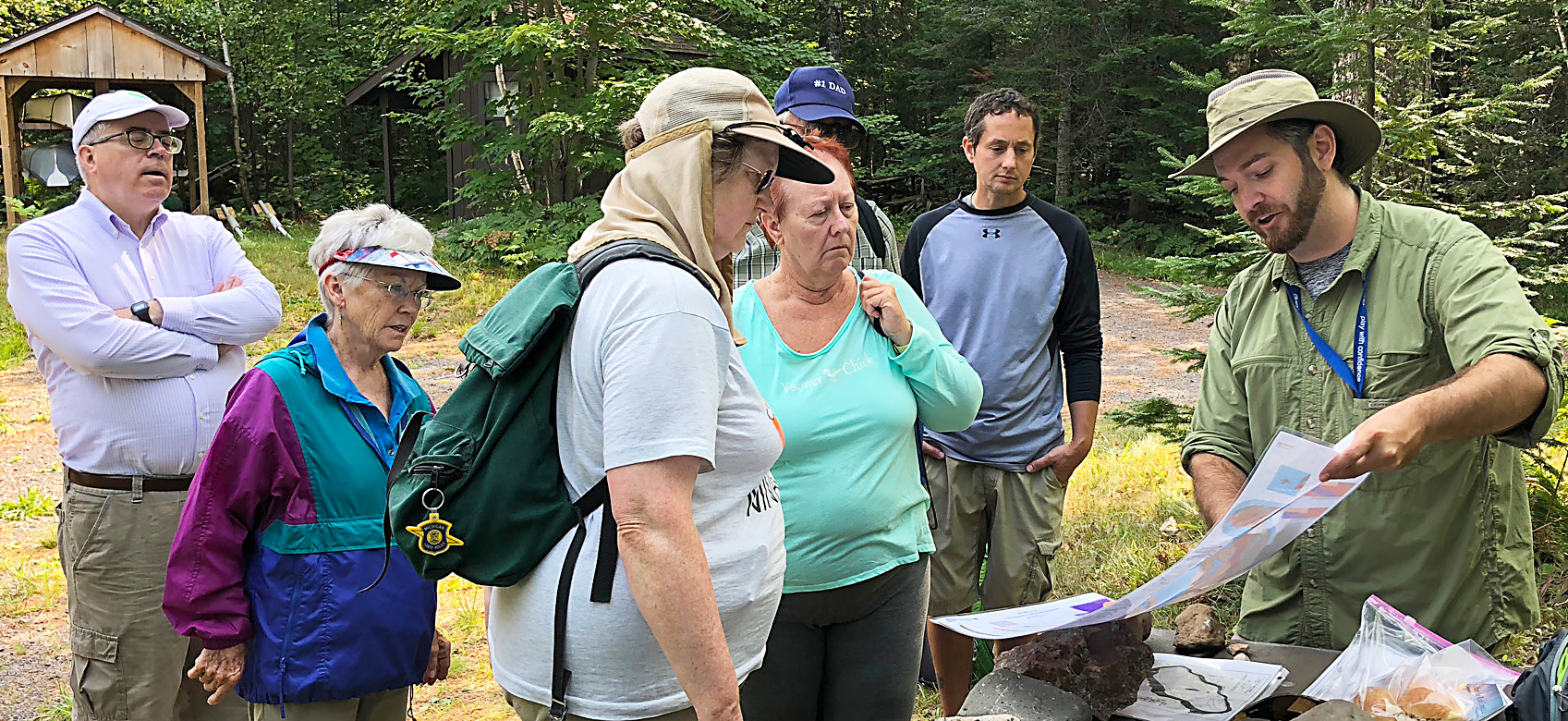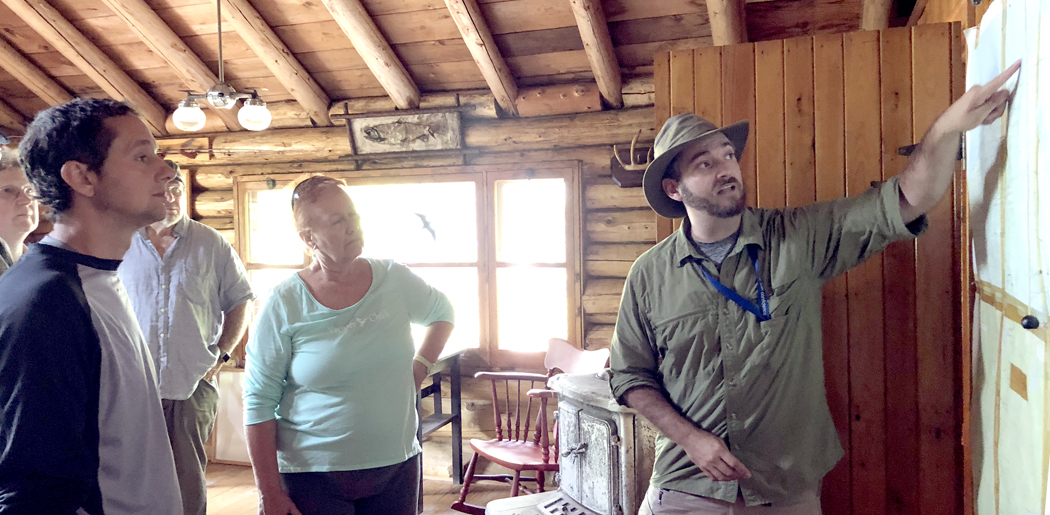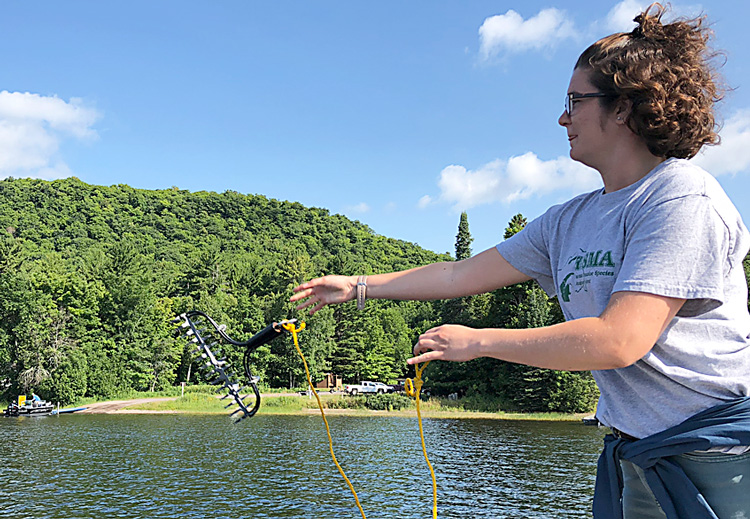For about 18 years GLC has participated in Michigan Cooperative Lakes Monitoring Program (CLMP). Since 2006 Dorothy Jamison has been taking readings of lake transparency on average 14 times a year. Every one to two years a water sample from the lake is sent to the state lab to detect the amount of phosphorus present. Overall at Gratiot no major changes have been noted in this monitoring data over the years.
In 2005 and 2006 botanist Janet Marr undertook a comprehensive survey of aquatic vegetation at the lake. The survey revealed that Gratiot Lake was home to good array of beneficial native aquatic plants. As a baseline that survey provides data for comparison in the future. Native aquatic plants provide food and habitat for a healthy community of animals in the lake, including a variety of fish, so the richness and variety of plant species found was a good health indicator for the lake. Janet even discovered one plant that is endangered in Michigan: Subularia aquatica, water awlwort. She didn’t find any aquatic exotic plant species, but recommended that the lake be monitored from time-to-time for any invasive plants before they become problematic.
In July, limnologist Erick Elgin, a water resource educator from Michigan State University Extension Service, came to Keweenaw County to lead an Exotic Aquatic Plant Watch (EAPW) training at Gratiot Lake. GLC recently joined this monitoring effort through the Cooperative Lakes Monitoring Program. CLMP provides this hands-on Exotic Aquatic Plant Watch training so that those interested in lake monitoring to protect their lake can learn how to do just that. This program targets five plant species that pose the biggest threat to Michigan waters: Eurasian watermilfoil, curly-leaf pondweed, hydrilla, European frog-bit, and starry stonewort.
The night before the training, Erick stopped by the GLC Members Meeting held in Eagle Harbor to give an overview of this monitoring program. EAPW is a yearly check-up for the potential entry into inland lakes of invasive aquatic plant species. Of this list, Eurasian watermilfoil is the most immediate threat to Keweenaw lakes.
You can view more info about EAPW on the MiCorps.net website. Go to the “Lake Monitoring” drop- down menu at the top of the page and click on “Lake Training.” Then click on “Exotic Aquatic Plant Watch.”
No invasive species were noted during the training or in sampling done afterwards.
After the EAPW training, Erick presented a lake issues Q&A program in Eagle Harbor. Most questions were about shoreline erosion, lake levels, dams, and floods, especially with regards to Lake Superior shoreline. Although no easy solutions for homeowners were presented, Erick provided the links below.
